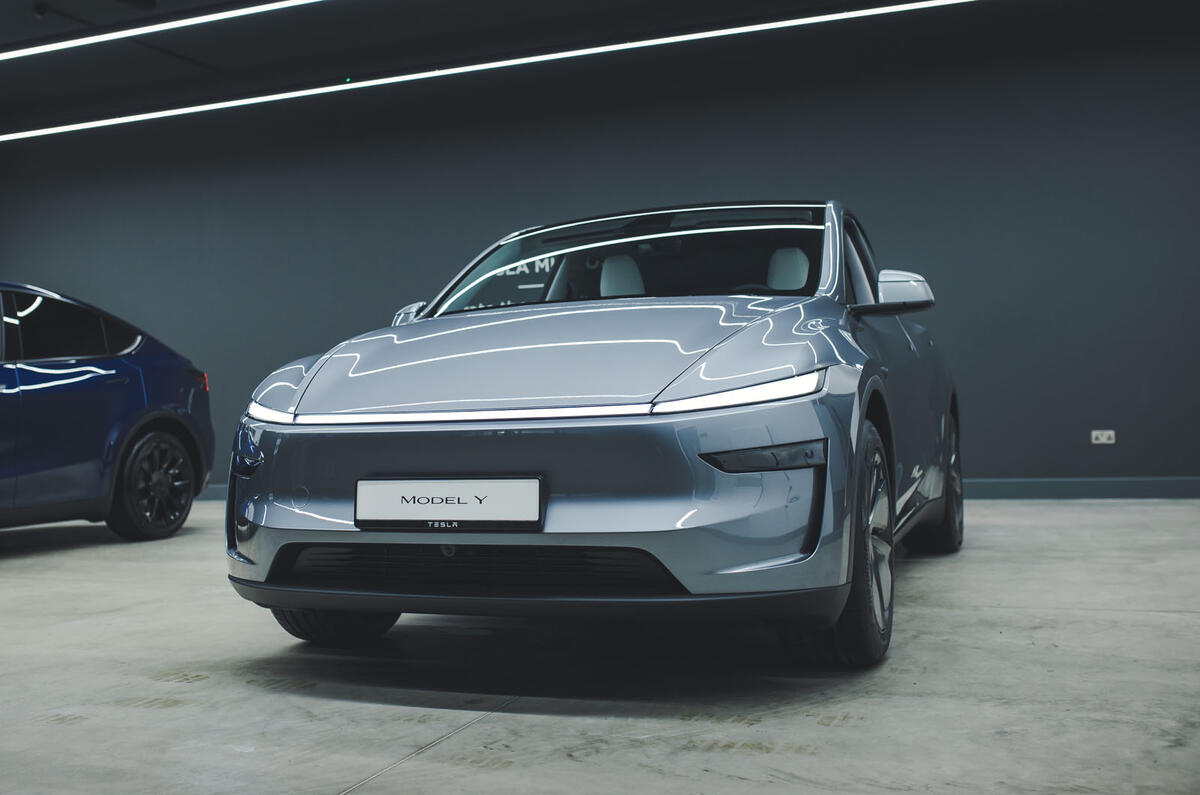Tesla can normally rely on positive commentary from its biggest champion in the investment community, Morgan Stanley analyst Adam Jonas.
After the second-quarter results and call featuring CEO Elon Musk, however, the Tesla ‘mega-bull’ was nonplussed. “Almost no detail on outlook. Tesla's outlook continues to lack any specific targets on revenues or margins,” he wrote in a note to investors. “Elon seems to be… exiting the auto industry”.
Jonas noted that Musk was “pulling capital out of the business and doubling down on AI, autonomy and robotaxis.”
Musk has always touted 'the next big thing' as he keeps investors enthused about stock of a company that remains the most valuable in the sector based on share price, despite recent setbacks.
However, without cash coming in from car sales, the whole Tesla project starts to look shaky. And while the company is still self-financing, there are clouds on the horizon.
The warning signs are there in the second quarter. Automotive revenues dropped 16% compared to the same quarter last year and the overall operating margin slipped to 4.1%, down from 6.3%.
Meanwhile deliveries were down 13% to 384,122 while inventory (the number of unsold cars) climbed to 24 days’ worth of sales, up from 18 days.
“We probably could have a few rough quarters,” Musk warned on the call.
Other car companies that have reported their second quarter earnings, including Volvo, Stellantis and Volkswagen Group, are also suffering financially in an era of global shocks including pressure from Chinese competitors, US trade tariffs and lumpy EV sales growth. But Tesla has a unique problem in its reliance on incentives paid from governments and on credits bought from it by other car makers to hit emissions targets.
Musk helped elect president Donald Trump by becoming the biggest Republican party donor, only for Trump to repay him by removing the $7,5000 EV purchase credit and cancelling fines for car makers that don’t hit emissions targets, effectively allowing unlimited sales of ICE vehicles in the US.
Meanwhile in Europe, tightening CO2 emissions rules have forced car makers to up their game and come out with competitive electrified models of their own, reducing (but not eliminating) the need to pool with Tesla.
Tesla figures showed that income from regulatory credits halved to $439 million in the three months to the end of June.






Add your comment